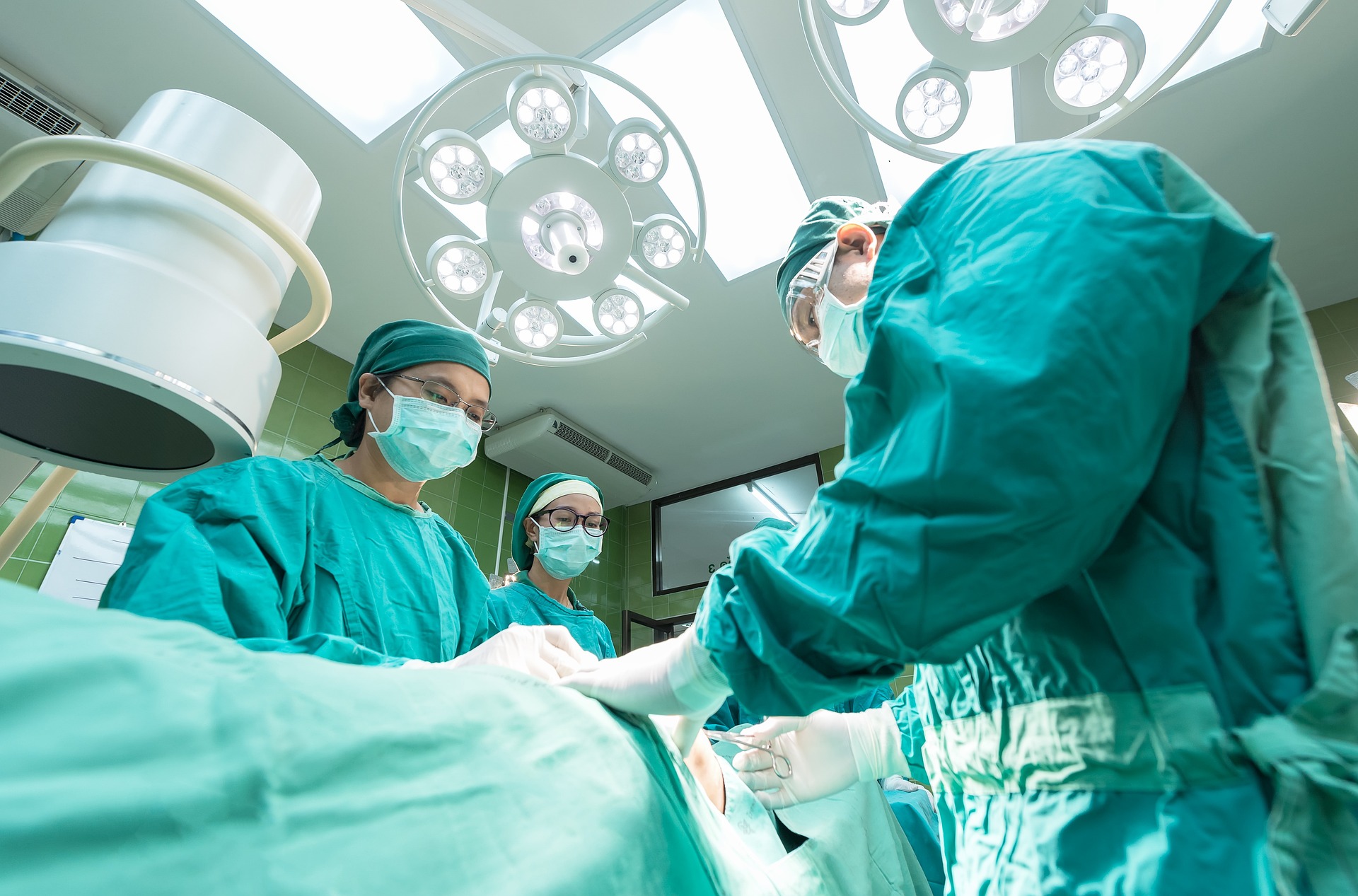Liposuction Explained: Your Guide to Fat Reduction
Liposuction is a surgical option for removing stubborn fat deposits that resist diet and exercise. This guide covers who makes a good candidate, the main techniques, what to expect during recovery, potential risks, and typical costs. Learn the essentials before deciding on surgical fat reduction.

Liposuction Explained: Your Guide to Fat Reduction
Liposuction is a commonly performed cosmetic surgery designed to sculpt the body by removing localized fat deposits. When healthy eating and exercise don’t eliminate particular pockets of fat, liposuction can help refine contours in areas such as the abdomen, thighs, hips, arms, and neck. This article walks through candidacy, techniques, recovery expectations, risks, and cost considerations so you can make an informed decision.
Who is a suitable candidate?
Liposuction is not intended as a method for major weight loss. Ideal candidates typically share several characteristics:
- Body weight within about 30% of their ideal weight
- Good skin elasticity to allow the skin to retract after fat removal
- Discrete areas of stubborn fat resistant to diet and exercise
- Overall good health and absence of medical conditions that raise surgical risk
- Realistic expectations about what the procedure can achieve
A thorough consultation with a board-certified plastic surgeon is essential. During the visit, the surgeon will evaluate your medical history, examine skin quality and fat distribution, and discuss goals so they can recommend an appropriate plan.
Common liposuction techniques
Over time, variations of liposuction have been developed to improve safety, precision, and recovery. The choice of technique depends on the area being treated and the surgeon’s expertise. Frequently used methods include:
-
Tumescent liposuction: The most widely used approach. A solution of saline, local anesthetic, and epinephrine is injected into the treatment area to reduce bleeding and make fat easier to remove.
-
Ultrasound-assisted liposuction (UAL): Ultrasound energy is applied to break down stubborn fat before suctioning, which can ease removal in dense areas.
-
Laser-assisted liposuction (LAL): Also known as SmartLipo, this method uses laser energy to liquefy fat cells and may reduce bruising and speed recovery.
-
Power-assisted liposuction (PAL): A mechanically driven cannula vibrates to fragment fat, allowing faster and often more precise fat removal while reducing surgeon fatigue.
Your surgeon will explain which technique—or combination of techniques—is best suited to your anatomy and goals.
What happens during the procedure?
Liposuction can be performed under local anesthesia with sedation or general anesthesia depending on the extent of the treatment and patient preference. Tiny incisions are made to insert a thin tube called a cannula, which breaks up and suctions out fat. The length of the procedure varies with the number and size of areas treated.
Recovery timeline and aftercare
Recovery differs between individuals and depends on the procedure’s scope, but general milestones include:
-
Immediate post-op: Swelling, bruising, and soreness are common. Compression garments are usually provided to help control swelling and support healing.
-
First week: Many patients return to desk work and light activities within a few days to a week.
-
2 to 4 weeks: Swelling and bruising decrease; activity levels can be gradually increased.
-
1 to 3 months: Contours become more apparent as most swelling resolves.
-
6 months to 1 year: Final results typically emerge once tissues have fully healed and settled.
Following post-operative instructions—activity restrictions, wound care, and follow-up visits—is crucial for a smooth recovery and optimal outcomes.
Potential risks and complications
As with any surgery, liposuction carries risks. When performed by an experienced, board-certified surgeon, complications are uncommon but can include:
- Infection
- Bleeding or hematoma
- Adverse reactions to anesthesia
- Contour irregularities or asymmetry
- Fluid collections (seroma)
- Numbness or changes in sensation
- Poor wound healing
- Deep vein thrombosis or blood clots
- Persistent swelling or skin discoloration
Discuss your personal risk factors and how the surgical team will work to minimize them during your consultation.
Typical costs
Costs vary based on the areas treated, technique, surgeon experience, and location. Below is a general range of fees commonly seen in the United States.
| Area Treated | Average Cost Range |
|---|---|
| Abdomen | $3,000 - $8,000 |
| Thighs | $2,500 - $6,000 |
| Arms | $2,000 - $5,500 |
| Chin/Neck | $2,000 - $4,500 |
| Back | $2,500 - $6,000 |
Prices, rates, or cost estimates mentioned in this article are based on the latest available information but may change over time. Independent research is advised before making financial decisions.
Keep in mind additional charges may apply for anesthesia, facility fees, pre-op testing, and post-operative garments or medications. Many practices offer financing plans to spread out payments.
Choosing a surgeon and next steps
Select a board-certified plastic surgeon with specific experience in liposuction. Ask to see before-and-after photos of prior patients, inquire about complication rates, and confirm that the facility is accredited. A detailed pre-op consultation should include a review of your medical history, expected outcomes, recovery timeline, and clear information about costs.
Final considerations
Liposuction can be a powerful tool for body contouring when used for appropriate candidates with realistic expectations. It is not a cure for obesity and works best in combination with a healthy lifestyle. Careful planning, an experienced surgical team, and adherence to aftercare instructions are key to achieving the best results.
This article is for informational purposes only and should not be considered medical advice. Please consult a qualified healthcare professional for personalized guidance and treatment.






